In the world of engineering project management, you need more than technical know-how. Your team relies on leadership skills, good communication and relationship skills, as well as the right tools and systems to support them. When the project is complex, it’s even more important to have a well-defined system to help the entire team stay aligned, motivated, and on target. Choosing the best engineering project management software to underpin that system can transform how you plan, track, and deliver—but only if it’s used effectively. While on site, we’ve seen some of the pitfalls, where the software features aren’t being used to their full extent.
As an Operations, Commercial or Project Director, your leadership in fostering a growth mindset toward software adoption can make all the difference. Here are our thoughts on how to choose your engineering project management software and then get the best out of it.
Top picks: which is the best engineering project management software?
There are many project management software applications on the market, each designed to address specific challenges. For engineering projects, four top contenders include:
- Microsoft Project – A classic tool with powerful Gantt chart functionality and task dependency tracking.
- Primavera P6 – Ideal for large-scale engineering projects, offering detailed scheduling and resource management.
- Procore – A construction-focused platform that integrates project management with site-specific tools.
- Asana – A user-friendly option for smaller or mid-sized projects, with robust task management and collaboration features.
The specific software you choose is actually less important than how you use it. The key is to ensure it aligns with your team’s needs and is implemented with consistent, effective practices and project controls.
Using project management software effectively
Even the best engineering project management software won’t drive results unless it’s part of your daily workflow. Here are critical steps to ensure it delivers value:
- Create a visual plan
Use Gantt charts or timelines to lay out tasks, dependencies, and milestones clearly. Visual plans are easier to understand and help the team focus on priorities. Especially where there are multiple projects or sub-projects
- Detail tasks and dependencies
Break down the project into manageable tasks; smaller steps mean you can track progress, and the team know exactly what they’re doing. Then link up the dependencies to highlight the critical path and avoid delays.
- Update plans regularly
Incorporate updates from site meetings into the project plan daily or weekly. A stagnant plan quickly becomes irrelevant and risks steering the team off course – or the team stops referring to it because they all know it’s out of date.
- Use the software to improve communication
Effective communication ensures everyone knows what’s expected and when. When you centralise all the updates and store documentation properly, the software can foster transparent dialogue across the delivery team i.e. between the specialist engineering, procurement and construction.
- Provide training and access
Empower the right people by giving them access to the software and training them to use it. It’s not helpful, nor fair on the individual, if the project manager is the only person who has full access, especially in cases where they’re unexpectedly unavailable. From junior engineers to subcontractors and key stakeholders, everyone plays a role in meeting deadlines.
Avoiding the pitfalls of software use
When project management software isn’t used effectively, the results can be frustrating and costly:
- Wasted time
Hours spent updating plans are wasted if no one refers to them in their update meetings. The project plan should be the heartbeat of every decision.
- Frustrated teams
Time can elapse at the start of the project while decisions are being made. But without a clear timeline, delivery engineers and project teams feel adrift. This frustration can undermine morale and performance.
- Missed deadlines
Failure to highlight the critical path and communicate it widely can lead to delays and missed milestones. These missteps may incur penalties or damage client relationships.
Supporting your team to adopt the software effectively
As a leader, your role extends beyond technical delivery. A team that feels fulfilled and empowered is more likely to embrace software and adapt to challenges. Encourage the team to keep a growth mindset by:
- Framing software training as an investment in personal development.
- Demonstrating how software skills add long-term career value.
- Celebrating wins when the software contributes to project successes.
Investing in training and effective use will pay dividends by minimising delays, improving communication, and enhancing team productivity.
Benefits of getting it right
When used effectively, project management software becomes a force multiplier. Teams gain clarity, deadlines are met, and project complexities are managed with confidence. By integrating best practices and fostering a culture of growth, you’ll ensure your software delivers not just value for money but meaningful results. After all, the best engineering project management software is the one that helps your projects succeed. Are you ready to lead the way?
Complete our free Project Healthcheck for a quick assessment of what you may need.


